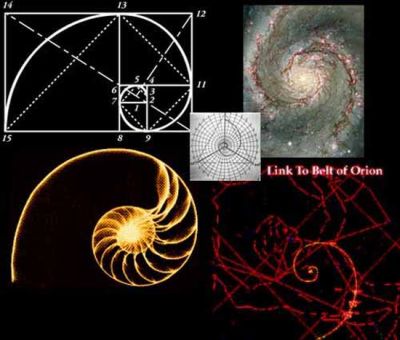” Elitists often censor, suppress and obscure the truth, while information is removed, falsely discredited, even replaced or entirely conjured. Meanwhile, euphemisms are inserted into the wider vocabulary to steer not only people’s perceptions and decision making, but the very subjects they will reasonably consider.” – E Smith
 Despite the constraints of our educational systems, there are some excellent teachers. And there are some not so excellent instructors. We learn a lot in school, but it is also important to learn outside of school as well. Some of the most valuable lessons are not found in the teacher’s answer book, and yet some teachers operate by the book, at right angles, making no adjustments for the humanity of their students.
Despite the constraints of our educational systems, there are some excellent teachers. And there are some not so excellent instructors. We learn a lot in school, but it is also important to learn outside of school as well. Some of the most valuable lessons are not found in the teacher’s answer book, and yet some teachers operate by the book, at right angles, making no adjustments for the humanity of their students.
Not surprising given that the school system itself is geared toward creating two things: employment and expectation.
Like most people who are interested in history I dreaded math and algebra, and may actually have found my interest in history out of my disdain and fear of division and multiplication.
I remember the first time I learned how to add. I thought I had tackled the math thing then and there. I also remember the first time I was frozen in front of the class, unable to do long division on the chalkboard. And yet the mathematical lesson I have used the most since its revelation to me, and the one I remember most distinctly, turned out to be more than just a mathematical lesson.


 What’s the answer to the ultimate question of life, the universe, and everything? In Douglas Adams’ science-fiction spoof “The Hitchhiker’s Guide to the Galaxy”, the answer was found to be 42; the hardest part turned out to be finding the real question. I find it very appropriate that Douglas Adams joked about 42, because mathematics has played a striking role in our growing understanding of our Universe.
What’s the answer to the ultimate question of life, the universe, and everything? In Douglas Adams’ science-fiction spoof “The Hitchhiker’s Guide to the Galaxy”, the answer was found to be 42; the hardest part turned out to be finding the real question. I find it very appropriate that Douglas Adams joked about 42, because mathematics has played a striking role in our growing understanding of our Universe.